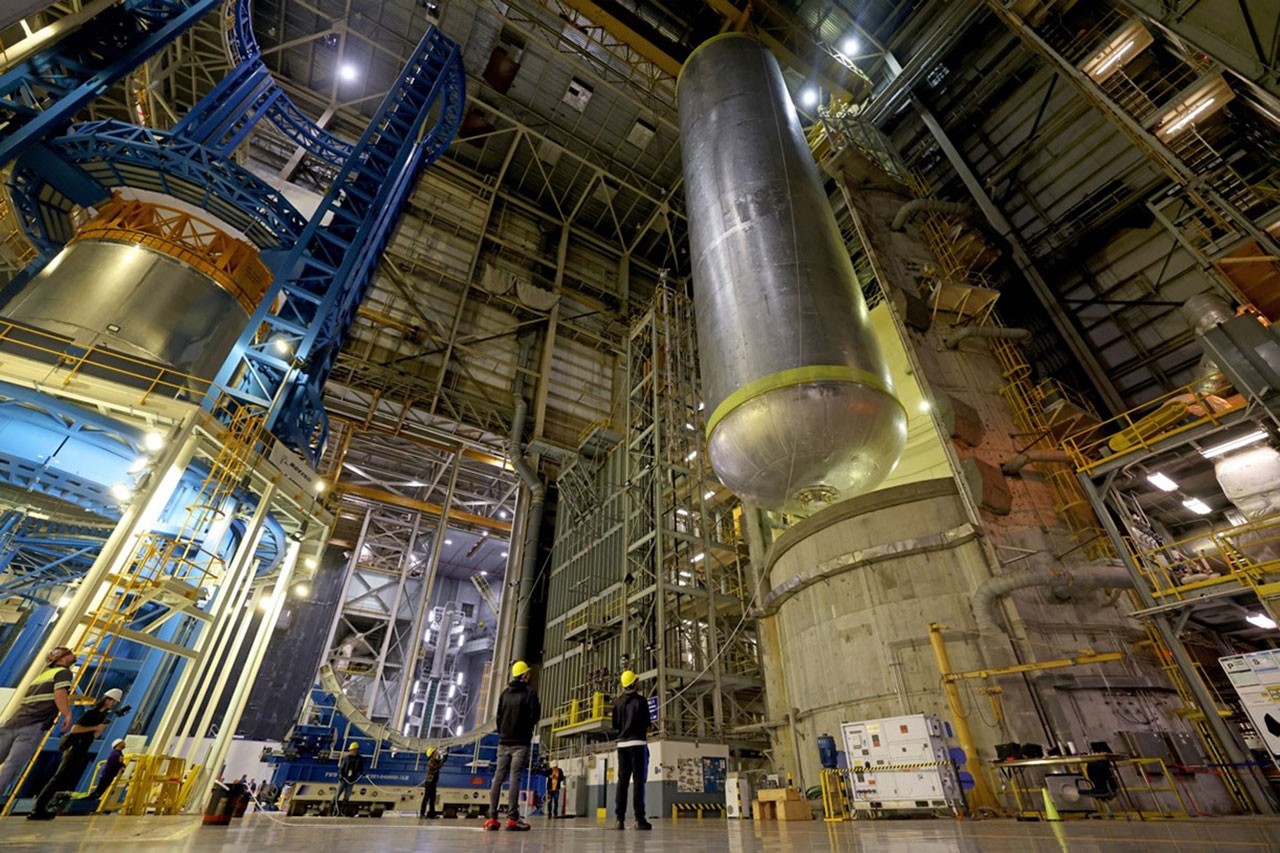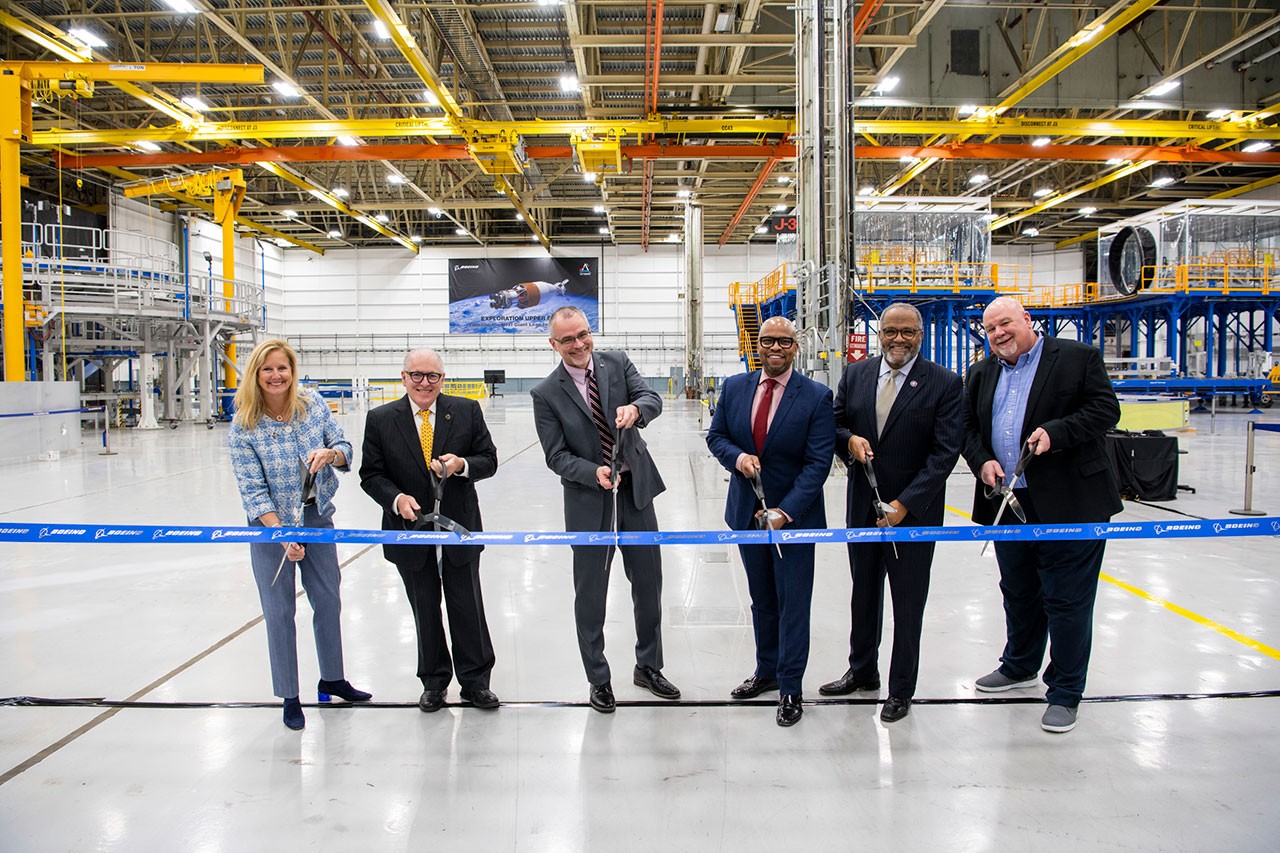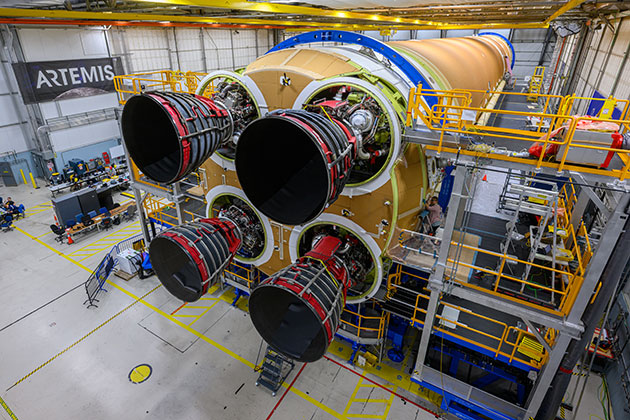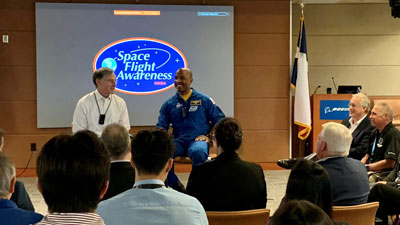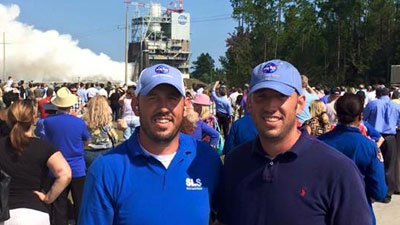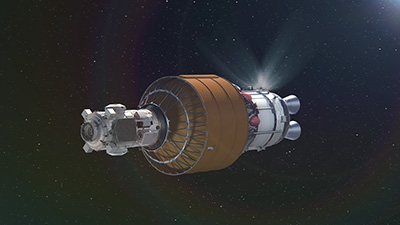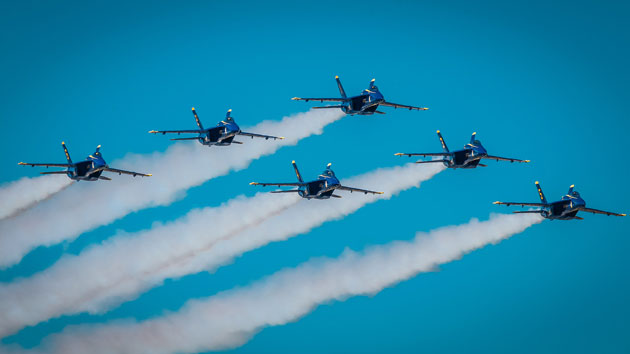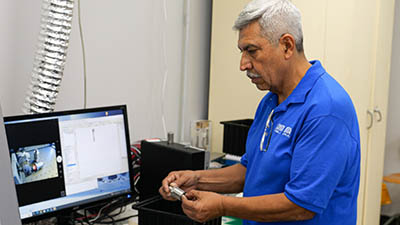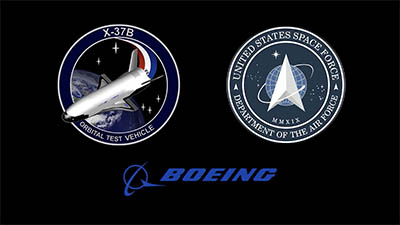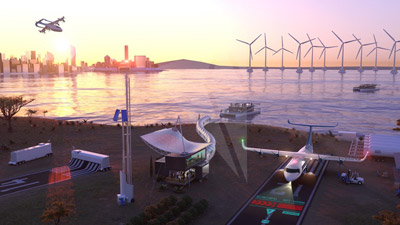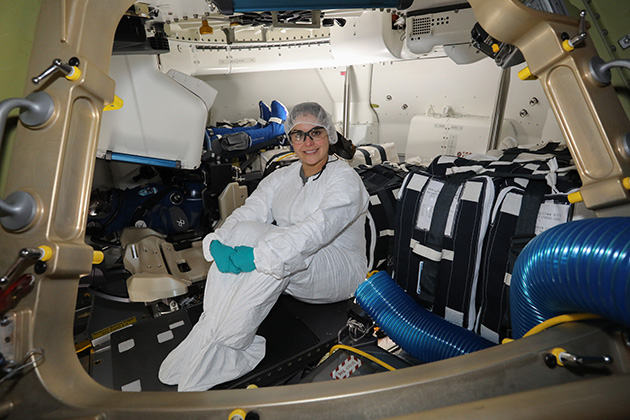A light solution to a gritty issue
Laser paint removal for airplanes is safe, fast and environmentally friendly
Laser ablation is a viable method to remove paint from large aerospace components and full aircraft, eliminating hazardous waste, alleviating ergonomic challenges and saving significant time.
An airplane can undergo many changes over its lifetime. Planes need to have their coatings removed about every five years because of fading paint, branding changes and inspections to determine the integrity of the underlying structure.
It is standard for an aircraft to be stripped of its coatings and repainted four or five times within its lifetime.
An increasingly effective method to remove airplane paint involves lasers, specifically a process called laser ablation. Removal by laser ablation occurs when a material absorbs laser light and molecules are excited into the plasma state. This material vaporizes, converting the layer to be removed into volatiles while also converting a small amount of solids in a clean and efficient manner. Laser ablation can replace current methods for removal of paints, sealants and corrosion products.
 LASER PREPPED: A containment carrier holding a painted aluminum spar web is readied for a laser ablation test. Photo: Kady Gregersen
LASER PREPPED: A containment carrier holding a painted aluminum spar web is readied for a laser ablation test. Photo: Kady Gregersen
Laser ablation has several advantages over other removal methods, including less hazardous waste and fewer ergonomic injuries. Compared with chemical stripping and media blasting, laser ablation can decrease hazardous waste by more than 90% (saving thousands of pounds per aircraft). Chemicals used in conventional methods contribute to the waste stream, while laser light remains energy and does not add to physical waste.
Producing less hazardous waste and reducing recurring costs add up to significant savings while helping to protect the environment. The laser ablation process can be used both in manufacturing new parts and servicing existing products. Since laser energy is precisely controlled, the process is safe and effective for both metallic and polymer composite substrates.
 LASER FOCUSED: Laser ablation removed the yellowish-green paint in a tight circle on this aluminum aircraft part. Photo: Kady Gregersen
LASER FOCUSED: Laser ablation removed the yellowish-green paint in a tight circle on this aluminum aircraft part. Photo: Kady Gregersen
Also, workplace safety is a high priority at Boeing, and investing in tools with reduced ergonomic impact is a key strategy to protect employees. Laser ablation offers significant improvements in ergonomics when it replaces hand-sanding.
Another factor is speed. Before pursuing lasers for paint removal, Boeing used laser ablation for tool cleaning. That process, now fully implemented in several locations, has led to a 50% cycle-time decrease and 80% labor reduction.
Removing paint from a full airplane can take a week or longer, depending on size; a laser-based process could cut that to three or four days.
Recent advancements are making laser ablation even more attractive. More efficient and higher-power lasers are becoming more affordable, and larger lasers are enabling faster processing speeds.
 PRECISION DEPAINTING: Illustrating precision accuracy, (from left) laser ablation removes paint in the shape of the Boeing logo. Boeing image
PRECISION DEPAINTING: Illustrating precision accuracy, (from left) laser ablation removes paint in the shape of the Boeing logo. Boeing image
As an airplane manufacturer and service provider, Boeing is advancing key innovations to better integrate this technology in safe and cost-effective ways. By adapting and combining these technologies with commercial off-the-shelf products, laser ablation can be readily inserted as a fully automated or handheld system. Harmonizing laser ablation with established production processes could require industrial engineering and even floor space redesign for facilities already at capacity. It all adds up to innovation that can reduce the production system’s cost and footprint.
About the author: Dr. Kady Gregersen has a doctorate in materials chemistry. As a Boeing Associate Technical Fellow, she specializes in paints and coatings for interior and exterior applications and is a Boeing Designated Expert in interior coatings, depainting and paint stripping.

